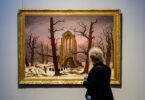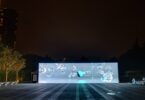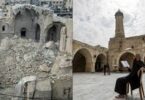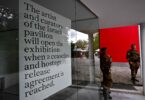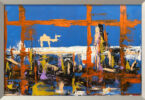Monitoring Desk
ISTANBUL: Dubbed ‘Santa Claus,’ Antalya-born St. Nicholas’ actual church and the original location of his tomb have been revealed with a fresco of Jesus holding the Bible in one hand
The recent excavations in the Church of St. Nicholas, a Byzantine church located in Türkiye’s Antalya, revealed the exact location of St. Nicholas’ tomb with a fresco of Jesus, which is a fascinating discovery so far made in this church, according to the researchers.
Antalya Cultural Heritage Preservation Regional Board stated that the upper opening of the dome, which is thought to have been left unfinished by the Russians in 1850, in the church of St. Nicholas, known as “Santa Claus,” resembles the architectural style of the Church of the Holy Sepulcher, where Jesus was crucified and believed to have ascended to the sky.
The church of St. Nicholas was built in 520 A.D. on the base of the religious complex where St. Nicholas served as the archbishop with the bestowal of the emperor Justinian I.
Board president Osman Eravşar announced the discoveries as groundbreaking. He also pointed out that the church was built in the seventh-eighth centuries over the early period church of St. Nicholas, which was flooded with the rise of the sea during the Middle Ages. Eravşar said that the discoveries belonged to the early church.
Pointing out that the church of the third-fourth century, where St. Nicholas lived, was buried 8 meters (26.2 feet) as a result of the rising waters in the Mediterranean and being covered by alluvium, Eravşar stated that they reached the floor where St. Nicholas set foot in.
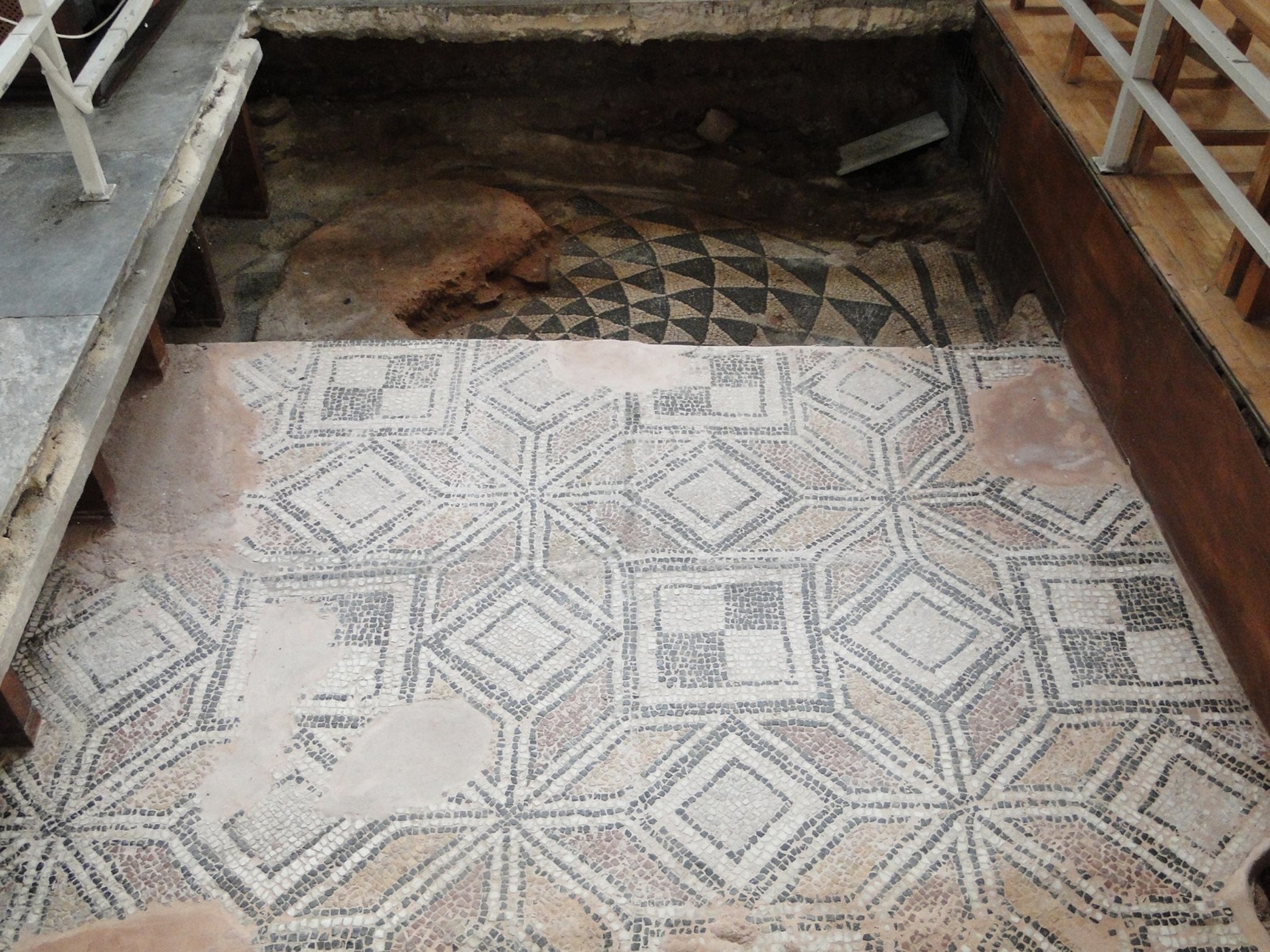
“It is known that in the 14th-century crusades, Bari merchants took the relics of St. Nicholas sarcophagus to Italy to sanctify their city and other relics were taken by the Venetians in the same period,” Eravşar stated.
“They wanted to tear off a piece from here. On the other hand, they were burning candles around this sarcophagus. Their smudge and oil polluted these places. Again, cleaning works were carried out in the area,” he said.
“At that time, the church was damaged. The tomb was probably opened, his bones were removed, and the sarcophagus was placed in a niche on the side of the chapel. Of course, the original place was not there. His sarcophagus must have been placed in a special place and that is the part with three apses covered with a dome. There we have discovered the fresco depicting the scene where Jesus is holding the Bible in his left hand and making the sign of blessing with his right hand,” he added. The actual place of the tomb also includes some Greek inscriptions.
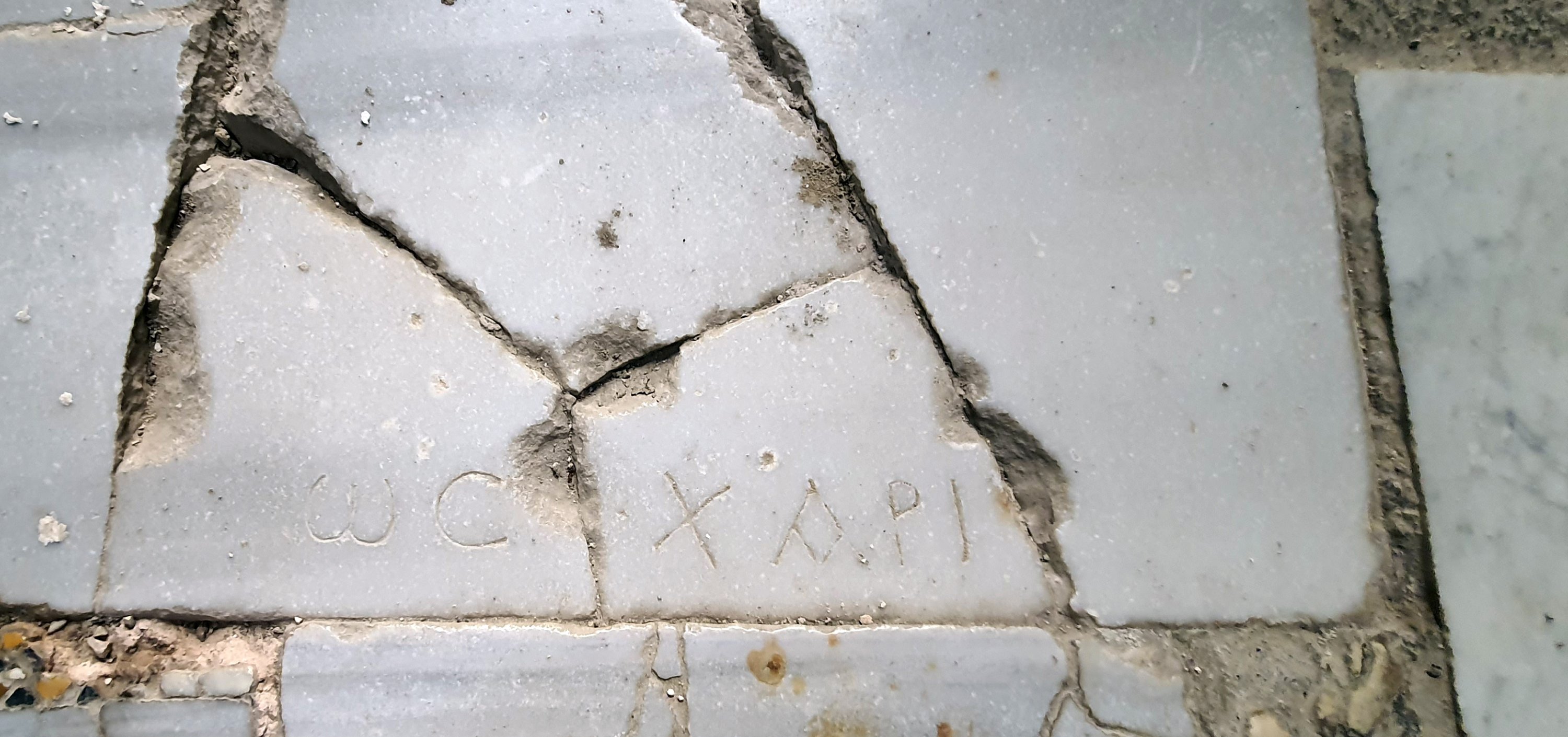
According to Eravşan, the dome was intentionally left unfinished as Jerusalem’s the Church of the Holy Sepulcher has the same detail. It is thought that during Easter the light perpendicularly falls on the tomb of Jesus on March 21 and the priest enters the tomb, lights the candle through natural light, and hands the candle to the other chapel members. Eravşan highlights that the same ritual was followed in St. Nicholas church.
Noting that some of the relics of St. Nicholas are exhibited in Italy and some of them are exhibited in Antalya Museum, Eravşar said: “There are probably other bones that are said to belong to him, or at least other iconographic pieces may be found. Also, the church has a special place today for Orthodoxy, yet due to the rising seawater in the area where it is located, the early church is almost 2 meters below sea level. This causes floods from time to time.”
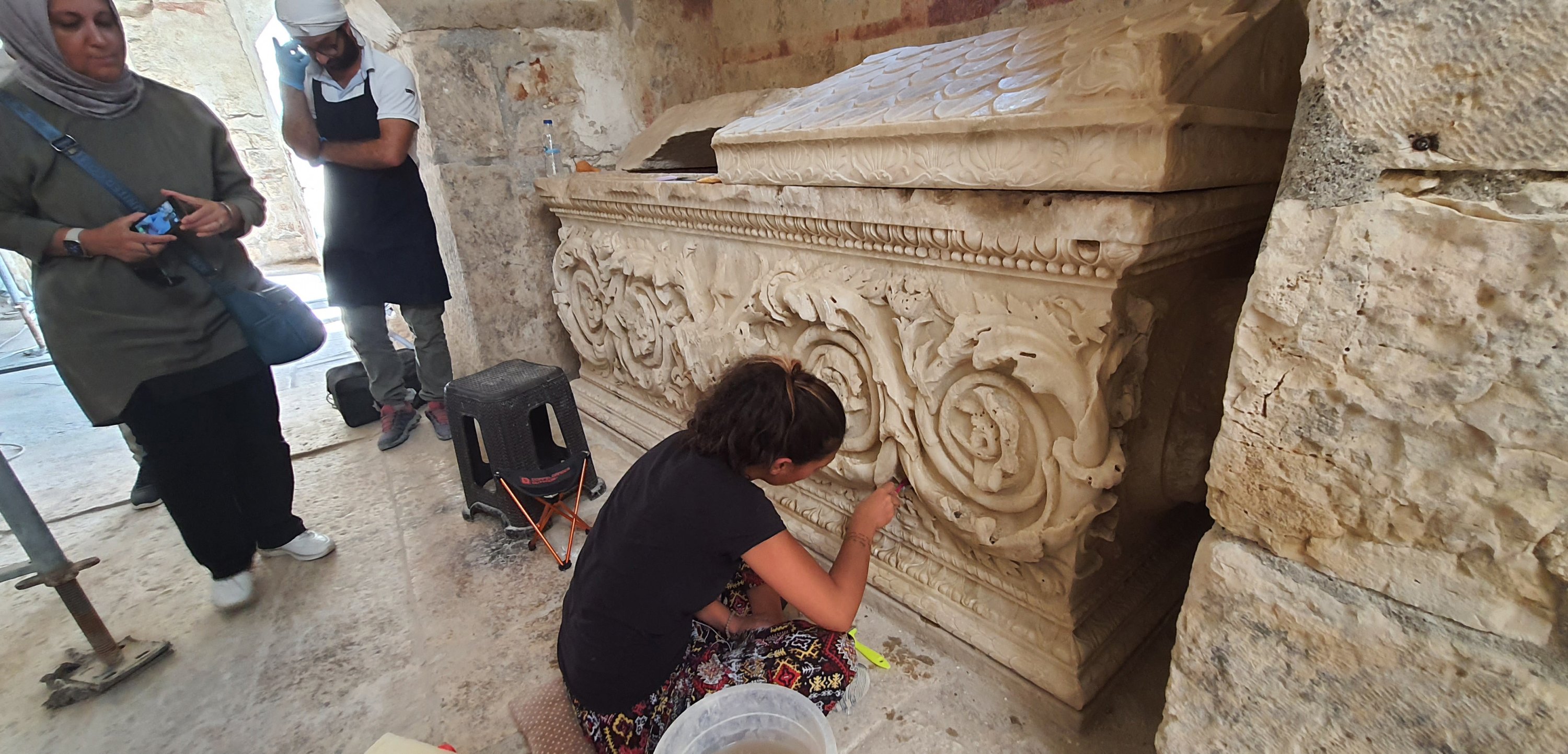
Saint Nicholas, known to the whole world as “Santa Claus,” was born in Patara, one of the important port cities of the period, which hosted the Lycian Union Parliament Building. He was born in 300 B.C. as the son of a wealthy wheat merchant. Living there for many years, he is believed to have died at the age of 65 on Dec. 6 and the church was his last dwelling.
He was hailed in the Christian world as the Bishop of Myra. Thousands of tourists visit the place every year.
Courtesy: Dailysabah

